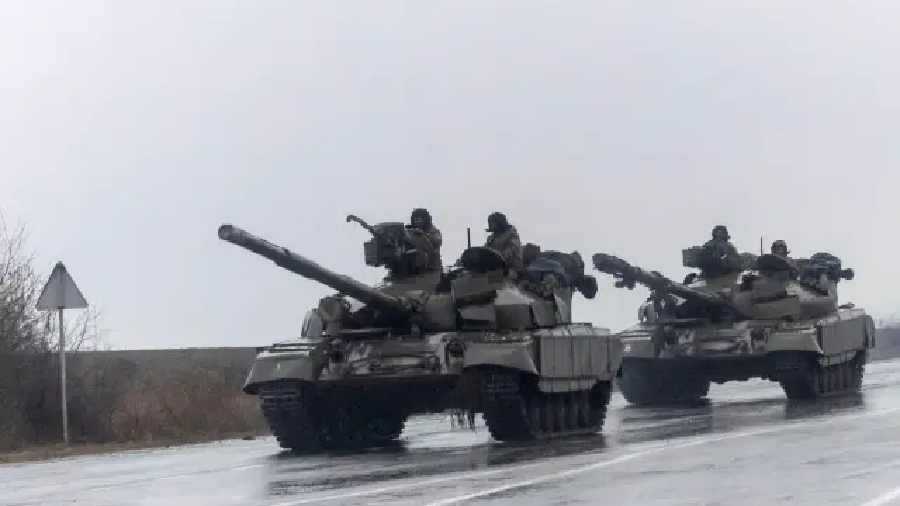Arms sales have long been an important part of Russian foreign policy. But those sales were declining before the invasion of Ukraine, and analysts say that the war will probably hasten the trend.
Russia’s performance on the battlefield has damaged its reputation as a military power, they say, and financial and export controls by the US and European governments will make it that much harder for the Kremlin to present itself as a reliable long-term arms supplier for future deals.
“I don’t think Russia can recover as a major arms exporter from this,” said Ian Storey, a political scientist at the ISEAS-Yusof Ishak Institute in Singapore who studies security issues in Asia. “Not for a long time, if ever.”
Russia is still the world’s second-largest arms exporter after the US, and its sales of air defence systems and combat aircraft to China and Egypt — its second- and third-largest clients after India — have risen substantially in recent years, according to the Stockholm International Peace Research Institute, known as SIPRI.
But from 2017 to 2021, Russia’s share of the global arms export market declined by 5 per cent, to 19 per cent, compared with the previous four-year period, according to SIPRI data. Its exports also fell by about a quarter, primarily because of falling demand from India and Vietnam.
As the war in Ukraine grinds on and sanctions against Russia increase, doubts are growing about the quality of Russian weapons, as well as Moscow’s capacity to produce advanced weapons and provide long-term support for clients who buy them, said Siemon Wezeman, a senior arms researcher at SIPRI.
“Russia just doesn’t have the technology base or the economy to support development of many types of new weapons and components,” he said.
Analysts say that Southeast Asia, where Russia has traditionally been the top arms supplier, is a useful case study in the Kremlin’s declining prospects as an arms exporter.
From 2017 to 2021, South Korea eclipsed Russia as the region’s top arms supplier, providing 18 per cent of the region’s arms imports, according to SIPRI data. No other exporter accounted for more than 14 per cent.
During that period, South Korea sent warships to the Philippines and Thailand, submarines to Indonesia, and combat and trainer aircraft to the Philippines and Thailand. Russia also lost a few potential deals. Indonesia cancelled an order for 11 Russian fighter jets last year, buying American and French planes instead.
For many Southeast Asian nations, the US is an increasingly attractive arms supplier because it links weapons purchases with military or diplomatic support against China, Wezeman said. Several European arms suppliers have been willing to help countries in the region develop their own arms industries and capabilities, in some cases through technology transfers, he added.
Another reason to avoid purchasing Russian arms is to signal a neutral position on the invasion of Ukraine, said John Parachini, a senior defence researcher at the RAND Corporation.
“Despite a likely aggressive Russian effort to market its arms exports in the Southeast Asia, they will find fewer customers,” he said.
One exception might be Myanmar, where the ruling military junta, saddled with US sanctions that limit its weapons purchases, has signalled a willingness to sign more arms deals with Russia. However, there are questions about whether the Kremlin would have the supplies to manufacture them.
Another could be Vietnam, Russia’s largest arms client in Southeast Asia. Because that country’s military arsenal has been built around Soviet and Russian weaponry for decades, adding weapons from new suppliers could create compatibility issues, said Ridzwan Rahmat, the principal defence analyst at Janes, based in Singapore. At the same time, he added, Vietnam appears to be “slowly shifting its orbit from Russian systems to a mix that includes Nato-compliant ones, although this will take decades”.
Even before the war, Vietnam was trying to diversify its arsenal by manufacturing its own guns and troop carriers and buying small amounts of weapons from India and Israel.











